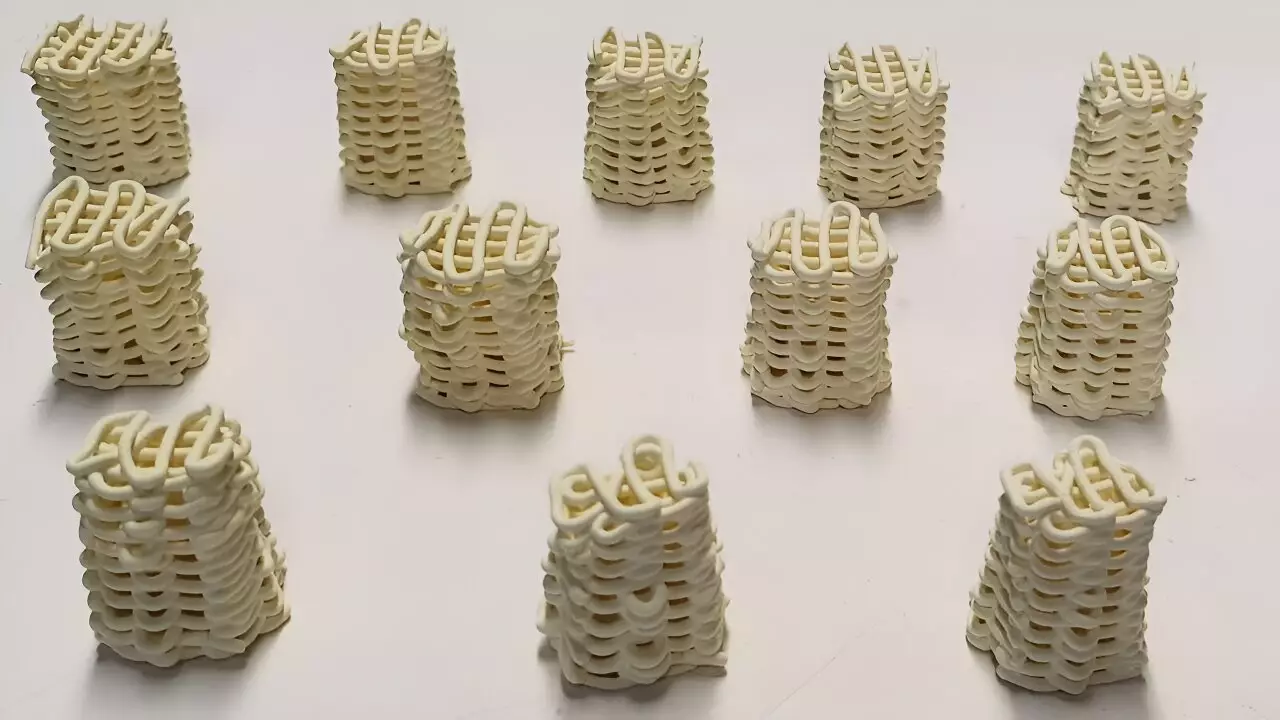Breaking grounds in the realm of environmental protection, engineers have recently developed a groundbreaking method to eliminate health-harming ‘forever chemicals’ from water using 3D printing technology. This innovative approach involves the use of ceramic-infused lattices, known as ‘monoliths’, which have demonstrated the capability to remove at least 75% of perfluorooctanoic acid (PFOA), a notorious member of the perfluoroalkyl and polyfluoroalkyl substance (PFAS) family. The research conducted by scientists at the University of Bath, as published in the esteemed Chemical Engineering Journal, sheds light on the potential of this method to play a pivotal role in safeguarding water supplies from the detrimental effects of these persistent contaminants.
Understanding the Threat of ‘Forever Chemicals’
PFAS, commonly referred to as ‘forever chemicals’ due to their extraordinarily long degradation time, pose significant risks to human health and the environment. These man-made substances have been linked to a myriad of health issues, including reproductive, developmental, and cardiovascular complications, along with an increased susceptibility to conditions such as diabetes. These harmful chemicals are extensively used in various consumer products, ranging from non-stick cookware and waterproof textiles to firefighting foams, contributing to their widespread presence in water sources across the globe.
Dr. Liana Zoumpouli, a Research Associate at the University of Bath, emphasizes the significance of addressing the challenge posed by PFAS in water treatment processes. The utilization of 3D printing technology for developing ceramic-infused monoliths offers a promising and energy-efficient means of removing these toxic substances from water. The high surface area of the printed monoliths plays a crucial role in enhancing the efficiency of the removal process, making it a scalable and practical solution for widespread implementation. The simplicity and effectiveness of this approach signify a significant step towards combating the threats posed by PFAS in water sources.
Despite the existing guidelines on acceptable levels of PFAS in drinking water, there remains a pressing need for stricter regulations and policies to address the pervasive impact of these chemicals. Prof. Davide Mattia underscores the impending changes in legislation related to PFAS regulation, signaling a shift towards greater scrutiny and regulation of these contaminants in water supplies. The adoption of advanced systems, such as the ceramic monoliths produced through 3D printing, could pave the way for improved water treatment practices and enhanced public health protection.
The unique composition of the ceramic indium oxide-infused monoliths offers a sustainable and effective solution for removing PFAS from water. The extrusion of ink through a 3D printer enables the creation of intricate lattice structures that facilitate the rapid bonding of PFAS molecules to the monoliths. The efficiency of the removal process, coupled with the thermal ‘regeneration’ treatment that enhances the monoliths’ effectiveness over repeated use, highlights the potential for further refinement and optimization of this innovative approach. The ongoing research and development efforts aim to enhance the efficiency and sustainability of PFAS removal from water sources, promising a brighter future for water treatment technologies.
The integration of 3D printing technology into water treatment processes represents a significant leap forward in addressing the challenges posed by ‘forever chemicals’ such as PFAS. The development of ceramic-infused monoliths offers a versatile, sustainable, and scalable solution for removing these harmful substances from water, thereby safeguarding public health and environmental well-being. As research continues to refine and expand upon this innovative method, the potential for widespread adoption and positive impact on water quality and safety becomes increasingly apparent. By harnessing the power of technology and innovation, engineers and researchers are paving the way for a cleaner and healthier future for generations to come.


Leave a Reply